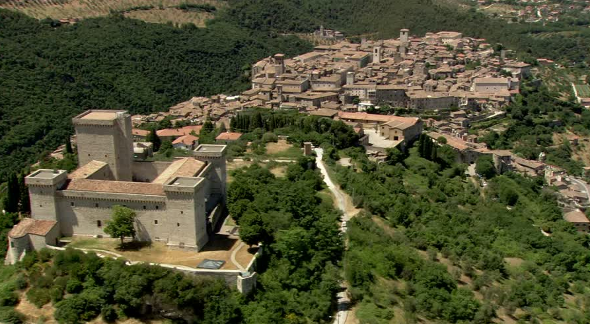
Abstract of the project
The growing demand for transparency of local communities with respect to the central issues of health protection and improvement of well-being conditions requires the activation of new sustainable local development strategies. There are three main development guidelines for the project: implementation of an integrated system, HW and SW to monitor diffuse pollution and provide some descriptive parameters of air quality in municipal areas. The system will be able to collect and process the input data in real time and to provide simple and usable indicators at the output by the citizens.
An IT platform will be created where the data will be processed with indices showing the trend over time, such as the current state of environmental quality. Finally, there will be the elaboration and signing of guidelines for the adoption of a new governance model which, starting from the Municipality of Narni and then Terni (Complex Crisis Area), can be easily transferred to other sectors and territorial contexts.

Following this recognition, the partners involved in the WPs related to the design of monitoring and data management systems will be able to develop the solutions suitable to meet the needs of the community, and then proceed to a full-scale implementation, within the territories of the municipalities, and a test of the entire system. In this phase, the IIA of the CNR will be able to collaborate to identify indices that allow the dissemination of the mass of data collected in a synthetic format and that can be enjoyed by citizens in a satisfactory manner.
Citizens will therefore be involved throughout the project process to make them participate in the various steps undertaken and the activities carried out in the municipal areas, to raise awareness of the issues in question (air quality, both outdoor and indoor, and water) and, where possible, to make it participate in monitoring activities.
Going into detail, with regard to the air component, it is planned to develop smart sensor units to be placed in residential areas to measure the concentrations of pollutants connected, for example: to combustion processes for powering endothermic vehicles, wood fuels, private heating systems distributed and not. These control units will monitor, both outdoors and indoors, the concentrations of fine dust, carbon monoxide and volatile organic compounds (VOC). Furthermore, given the presence of vast wooded areas in the territories, particular attention will be paid to monitoring ozone and the parameters related to its formation, such as UV and solar radiation, as high levels of this climate-altering agent can cause damage to vegetation.
Another important output of the project will be the creation of an IT platform where the data will be processed through indices that will show the trend over time, as well as the current state of environmental quality. The platform will be equipped with an alert system that will be able to send to the competent subjects the main values capable of predicting any exceeding of the risk thresholds or legal limits for the various pollutants. An innovative data processing software based on AI (artificial intelligence) will use the data obtained from all the sensors of the environmental monitoring to provide forecasts on possible pollution peaks with sufficient advance to counter and avoid them.
- Provide a real-time control system of the main environmental parameters with an innovative system at the service of the Administrations
- Prevent pollution phenomena and intervene promptly
- Inform and involve the local population
- Adopt and recognize common Governance Guidelines at the institutional level
- Promote more virtuous behaviors of citizens and stakeholders
- Regional Agency for Environmental Protection of Umbria - ARPA
- MUNICIPALITY OF NARNI
Valerio Paolini
Ettore Guerriero
Silvia Moscow
Francesco Petracchini